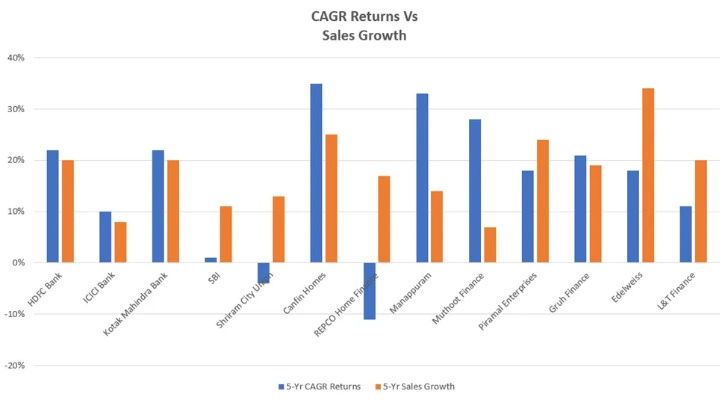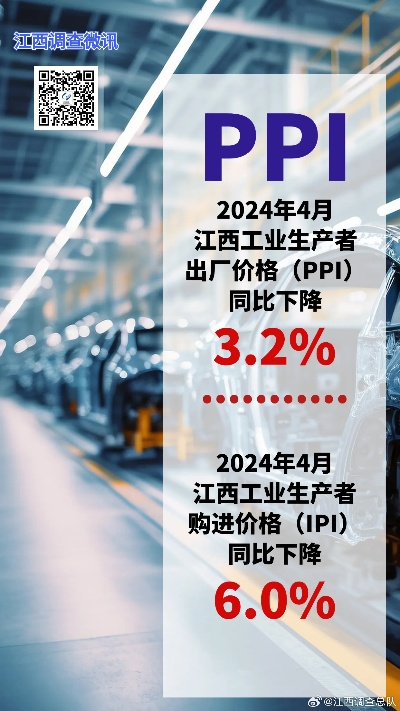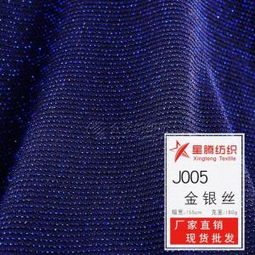Navigating the Financial Landscape:Accounting for Textile Trademarks
:Navigating the Financial Landscape: Accounting for Textile Trademarks,Abstract:,This study explores the financial implications of textile trademarks, analyzing their impact on the competitive landscape and market dynamics within the industry. By examining the historical evolution of trademarks in textiles and their role in shaping consumer perceptions and preferences, the research provides a comprehensive understanding of the financial strategies employed by companies to protect their brand assets. The findings highlight the importance of accounting for these trademarks in financial statements, particularly when considering the potential for intangible asset recognition and impairment. Overall, this research contributes to the ongoing debate on the valuation of intangible assets in the textile industry, offering valuable insights for both practitioners and policymakers interested in shaping the future of the sector.
Introduction: In the world of textiles, brands hold immense significance. They not only represent a company's identity but also serve as a powerful tool for differentiation and market dominance. As such, it is crucial for companies to manage their trademark rights effectively. This involves understanding how they should be accounted for in the financial statements and ensuring compliance with relevant regulations. In this article, we will explore the various accounting treatments for textile trademarks and provide an example to illustrate the process.
Accounting Treatments for Textile Trademarks:
-
Patents: Patents are granted to individuals or organizations for their inventions or discoveries. In the case of textile trademarks, patents can be used to protect the design, pattern, or method of producing textile products. When a company acquires a patent, it is recorded in its balance sheet as an asset. The value of the patent is typically determined based on its market value at the time of acquisition.
-
Trademarks: Trademarks are registered marks that identify a product or service and give it a unique identity. For textile trademarks, these can include brand names, logos, and other distinctive features that help consumers identify the products. Trademark registration is required in most jurisdictions and is recorded in the company's balance sheet as an intangible asset. The value of a trademark is generally estimated based on its potential market value and the level of brand recognition it commands.

-
Trade secrets: Trade secrets are confidential information that gives a company an advantage over its competitors. Textile trademarks can be considered trade secrets if they contain proprietary designs or manufacturing processes that are not easily replicated by competitors. Trade secret accounting is similar to trademark accounting, as the value of a trade secret is often estimated based on its potential future earnings or revenue streams.
Accounting Example: Let's assume a textile company named 'Textile Innovations' has acquired two patents for its innovative fabric patterns. The company records these patents as follows:
Patent 1: Pattern A - $500,000 Patent 2: Pattern B - $700,000
The company also has two trademarks registered under its name:
Trademark 1: Textile Innovations - $200,000 Trademark 2: Textile Innovations Logo - $100,000
The company's balance sheet would look like this:
| Asset Class | Description | Amount (in thousands) |
|---|---|---|
| Patents | Pattern A and Pattern B | $1,200,000 |
| Trademarks | Textile Innovations and Textile Innovations Logo | $220,000 |
| Intangible assets | Trademarks | $240,000 |
| Liabilities | Payroll, taxes, etc. | $800,000 |
| Total assets | $1,640,000 | |
| Total liabilities | $800,000 | |
| Net assets | $840,000 |
In this example, the company's total assets are $1,640,000, which includes both tangible assets (patents and trademarks) and intangible assets (trademarks). The total liabilities are $800,000, which reflects all the company's debts and obligations. The net assets, or what remains after accounting for liabilities, are $840,000.
Conclusion: Managing textile trademarks requires careful accounting practices to ensure accurate representation in financial statements. By understanding the different types of trademarks and their respective accounting treatments, companies can maintain transparency and provide investors with reliable financial information. Remember, the value of a trademark is often estimated based on its potential market value and the level of brand recognition it commands.

The Application of Textile Trademarks to Accounting and Finance Subject: Understanding the纺织品商标入什么科目
背景介绍
纺织品商标是企业品牌建设的重要组成部分,其在商业活动中具有极高的价值,随着纺织品行业的快速发展,商标管理也变得越来越重要,纺织品商标入什么科目呢?这涉及到企业的财务管理和会计核算等多个方面。
案例分析
假设一家纺织品公司,其商标涉及多个产品系列,包括服装、家居纺织品等,为了更好地管理商标资产,公司决定将其纳入相应的会计科目进行核算。
会计核算科目设置
在会计核算中,纺织品商标的入账科目可以包括“商标资产”或“知识产权资产”等,对于商标资产,企业可以将其划分为不同的类别,如品牌使用权、专利权、著作权等,这些商标资产的具体入账科目应根据公司的实际情况和会计准则来确定。

案例说明
以一家纺织品公司为例,其商标可能被划分为多个类别,如品牌使用权、专利权、版权等,在会计核算时,该公司可以将这些商标资产按照其来源、使用范围、价值等因素进行分类和登记,企业还需要根据会计准则和相关税务法规,确定商标资产的折旧、摊销等会计处理方法。
分析讨论
对于纺织品商标入什么科目的问题,我们可以从以下几个方面进行分析讨论:
-
财务管理角度:纺织品商标是企业资产的重要组成部分,其价值在企业财务报告中得到了充分体现,将纺织品商标纳入财务管理科目有助于企业更好地管理资产,提高财务透明度。
-
会计核算角度:根据会计准则和企业实际情况,纺织品商标的入账科目可以根据不同的类别进行设置,对于品牌使用权等无形资产,企业可以将其划分为“无形资产”科目进行核算;对于专利权、著作权等有形资产,企业可以将其划分为相应的会计科目进行登记和管理。
纺织品商标入什么科目是一个涉及财务管理和会计核算等多个方面的复杂问题,在企业的财务管理中,将纺织品商标纳入相应的会计科目进行核算和管理是必要的,企业可以根据自身的实际情况和会计准则来确定纺织品商标的入账科目,企业还需要根据相关税务法规和会计准则,确定商标资产的折旧、摊销等会计处理方法,随着纺织品行业的不断发展,企业还需要不断更新和完善商标的识别和管理制度,以确保商标的持续发展和价值最大化。
Articles related to the knowledge points of this article:
Understanding the World of Textile Ingredients and Components
A Comprehensive Look into the Different Kinds of Fibre-Picking Devices
The Unique Connecting Citys Needlework Textiles Wholesale Market
Smart Textiles:The Revolutionizing Power of Temperature-Responsive Fabrics



